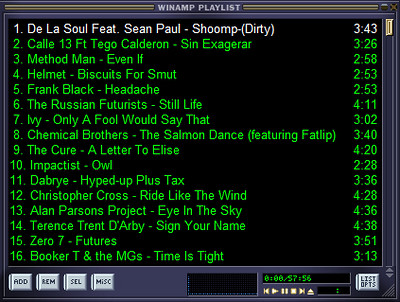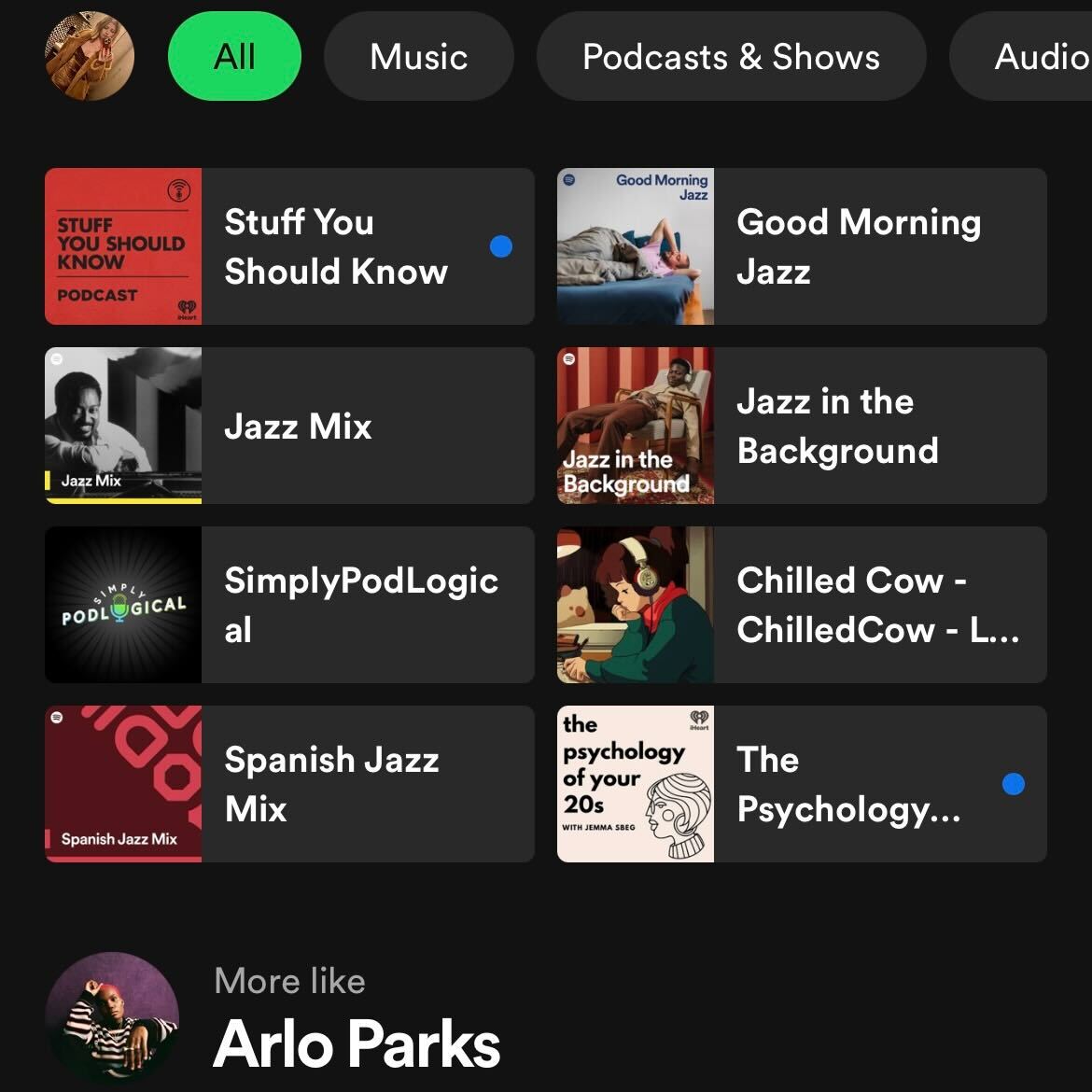
Dynamic Playlisting: Adapting to Listener Moods and Activities
If you’re looking for a better way to listen to music, dynamic playlisting could be the answer. By adapting to a person’s moods and activities, this emerging technological trend looks to make your listening experience more enjoyable and tailored to your needs. This article takes an in-depth look at the concept of dynamic playlisting, from the technology behind it to the impact it’s having on the music industry.
1. Exploring the Benefits of Dynamic Playlists
Dynamic playlists have become a popular way of exploring music for both casual and experienced listeners. They are easy to use, convenient, and keep up with the ever-changing trends in music. With dynamic playlists, you can automatically add new tracks, be notified of new releases, and explore music on your own terms.
Dynamic playlists offer several benefits:
- They create an artist-curated playlists tailored to your specific interests and music taste.
- Dynamic playlists are continuously updated with new releases from the artist.
- Playlists are often organized by genre and sub-genre, so you can quickly find the type of music you’re looking for.
- By creating and following dynamic playlists, you can explore music in the order and at the pace you desire.
Dynamic playlists also make it easy to find and listen to rare music that often gets overlooked. With a dynamic playlist, you won’t miss out on any hidden gems from up-and-coming artists. You won’t have to worry about constantly combing through vast libraries of music to find something new either. Dynamic playlists are a great way to keep abreast of the latest music trends and find great music without having to invest a lot of time searching.
2. Understanding Listener Moods and Activities
Identifying Listener Motivations
When attempting to understand listener moods and activities, the key is to identify listener motivations. Listeners are hearing content with a purpose. They may be seeking knowledge, entertainment, comfort, distraction, or information. Recognizing this underlying purpose helps the broadcaster begin to shape their content to fit the listener’s wants.
Assessing Listener Engagement
Through observing listener behaviours, broadcasters can also assess listener engagement. Measure factors such as:
- Number of clicks on audio content
- Number of joins to the broadcaster’s podcast
- Length of listening sessions
- Reviews and likes on audio content
- Audience reactions on social media
The more data broadcasters can collect, the more accurately they can identify what listeners are feeling and engaging with. Frequency of a certain emotion or activity can be helpful in .
3. Creating Personalized Playlists for Maximum Engagement
Creating engaging and personalized playlists is essential for a great customer experience. Here are a few tips that you need to keep in mind:
- Focus on customer preference – When creating playlists, it’s important to keep the customer in mind and tailor their individual experience. Consider individual tastes in music, genres, and how they interact with the streaming platform.
- Keep it fresh – Listeners are always looking for something new and different, so keep your playlists up to date with new releases and selections.
- Allow for user curation – An important aspect of any good personalized playlist is the ability for the user to add their own music. Try to include options for users to create their own personal playlists and add new songs.
Using these tips to create personalized playlists will ensure maximum engagement with your customers. Keep their individual preferences in mind and make sure to add new music to keep the playlists fresh and dynamic. Additionally, giving users the ability to customize and curate their own playlists allows them to share in the listening experience, allowing them to further engage with your streaming platform.

4. Strategies for Implementing Dynamic Playlisting
When you’re aiming to implement dynamic playlisting, there are a few strategies that can help you along the way. Here’s a look at four of them:
- Curate Your Music Aggressively: The better your playlists are curated, the more likely you are to drive listenership. Identify the type of user you want to reach and create corresponding playlists that meet their tastes.
- A/B Test Genres and Themes: You can A/B test which genres and themes perform the best. This will help you quickly identify user preferences and enable you to more quickly adjust your playlists.
Additionally, you can factor in user reviews and ratings when creating a playlist. You want to make sure you’re giving people access to high-quality content. Ask people to review their favorite tracks and add them to the playlist. You can also leverage AI technology to select songs for playlist inclusion based on metadata and users’ past preferences or activity.
With dynamic playlisting, the music industry is creating a whole new way to listen and enjoy music, adapting to individual listener needs and providing a tailored soundtrack to everyday life. Music that moves and changes with you, perfectly timing each transition and sound to motivate, uplift, and bring joy—the possibilities are endless. Tune into the changing tunes of dynamic playlists and explore the world with music.

